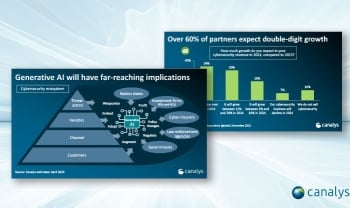Distributed and remote operations: key concepts for unified security

The concept of the network perimeter has expanded dramatically in recent years. Many modern organizations operate in a distributed model, with branch locations and endpoints deployed outside of a physical office. But anything connecting to the corporate network is a potential vector for attackers, who can make their way into the network core (and potentially gain access to an organization’s “crown jewels”) by first compromising a branch office or an endpoint. As a result, truly unified security must be comprehensive, with equally robust protection for all devices and endpoints no matter where they are, along with centralized management and visibility.
In a recent CSO article, WatchGuard Product Manager Ryan Poutre explains why a cloud-enabled Unified Security Platform approach has become so important for distributed and remote operations – and why it’s so effective. Here’s an excerpt:
Today, tabletop appliances can provide the same level of protection to branch offices as those protecting the central network. And centrally managed, secure Wi-Fi can reduce the likelihood of configuration errors or unpatched vulnerabilities leading to the TJX breach and others. Rather than sending a technician, organizations (or their MSPs) can send pre-configured devices to remote locations where they can be easily set up by just about any employee; simply plug the devices in and connect them to the internet. Device updates and policy changes can be managed remotely by network administrators who never have to leave their offices.
In addition, this kind of unified security platform model provides greater visibility across the entire organization. With centralized monitoring, threat hunting, and extended detection and response (XDR) for endpoints, organizations have a better, more comprehensive view of what’s happening across the wider network, increasing their odds of getting an early warning of potential attacks and increasing their ability to respond quickly before a breach at the edge progresses to the core of the network.
You can read the full version of Ryan’s article in CSO, and learn more about more about how to secure distributed and remote environments here. For more tips and best practices for securing your environments, users and devices – and how to fill the potential gaps between these categories by thinking of them as a unified platform of defense – be sure to check out WatchGuard’s Securing the Modern Enterprise series on CSOonline.com.


